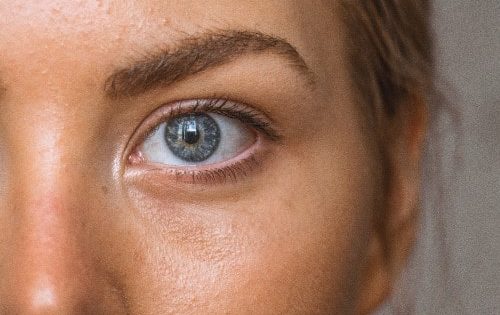Your skin is your body’s first line of defense against disease-causing bacteria and parasites, but over time, exposure to harmful UV rays and other lifestyle choices can lead to wrinkles, age spots, and uneven tone and texture. As you get older, the cell regeneration process slows down. The resulting buildup of dead and damaged skin cells can make your complexion look dull and tired, instead of the radiant and luminous appearance we all want.
Facial exfoliation through dermabrasion and chemical peels can refresh your skin and help you look years younger without surgery. How do these procedures work, and are they right for you?
What Is Dermabrasion?
Dermabrasion is a skin resurfacing technique that works to restore your youthful appearance through your body’s natural healing process. By taking off the top layers of your skin with a specially designed tool, you can reveal the new, healthy-looking skin beneath.
Dermabrasion removes the barrier of dead skin cells clogging your pores, which will make your daily moisturizer more effective by allowing it to penetrate more deeply into the skin. After this in-office procedure, you will see fresh tissue starting to replace the wrinkled, sun-damaged skin that was frustrating you before.
For your comfort, Dr. Schmidt uses twilight anesthesia to perform dermabrasion procedures, so be sure to arrange for someone to drive you home. After your treatment, you will likely experience swelling and redness, and you’ll need to prepare for a downtime of approximately 10 to 14 days. We’ll send you home with detailed instructions on how to care for yourself during this healing process.
What Are Chemical Peels?
Chemical peels are another solution for reversing many of the troublesome signs of aging and leaving you with a rejuvenated appearance. This treatment will exfoliate your face with medical-grade chemicals, renewing your complexion.
Depending on your concerns, you can choose to get a superficial, moderate, or deep peel. Dr. Schmidt can help you choose the depth of the peel after discussing your goals and expectations for the procedure.
After a chemical peel, you will likely experience redness and skin tingling. Deep peels may also involve other side effects, such as crusting and swelling. Your skin will be more sensitive to UV rays as a result of this treatment, so you’ll need to avoid sun exposure as much as possible. Keep your skin moisturized, and do not scrub, pick, or scratch at it while it heals. Deep peels normally require two weeks for recovery, while there is generally no need for downtime after mild to moderate-depth peels.
Be Fresh-Faced and Fabulous With These Solutions
If you’re ready to put your best face forward, Dr. Schmidt is excited to offer some of the most sought-after non-surgical treatments to patients in the Denver and Steamboat Springs areas. Would you like to learn more about facial exfoliation with dermabrasion and chemical peels? We invite you to reach out today to schedule your consultation.




